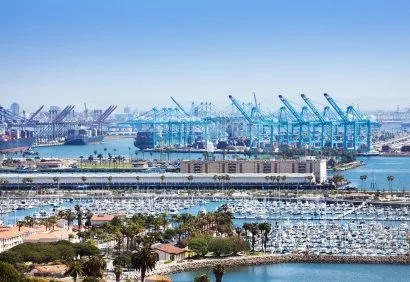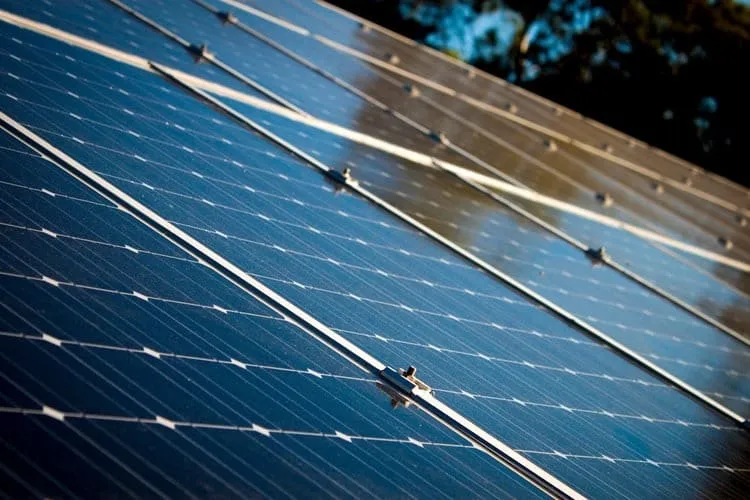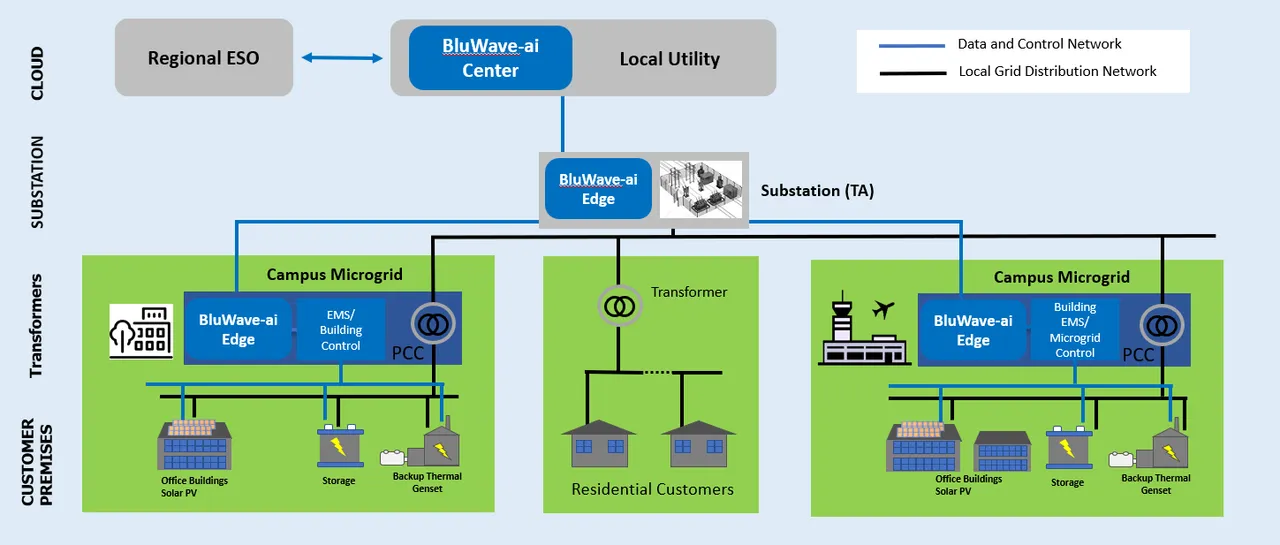For years now, a lot of us will be familiar with the long poles and wires connected to one another which allows power into our homes and industries. This large constructions of towers, poles and wires are called macrogrids and they are responsible for the transfer of energy. One very down side of macrogrid that a lot of people should have noticed is if an area losses power, it could affect other areas thereby causing a blackout. This is because the entire grid rely on each other to be stable. With this down sides, the intention to get an autonomous electricity source which will be able to give rural areas the access to electricity, microgrids were innovated.
How Macrogrid Works
A microgrid are localized electric sources that usually synchronize and operates with the macrogrid, but can disconnect to work on its own/independently in cases where there is a problem with the min grid. With this, you might wonder why AI is needed in a microgrid. Microgrids usually utilize the power source in the environment to produce energy, it could combine wind and solar energy to generate power, while using battery backup storage. In some cases it could utilize gas to power depending on the energy source available and the needs of the residents.

Credit
Why Does AI matter in Microgrids?
Artificial intelligence (AI) can be called the technology behind intelligent machine, where machines learn things from their environment based on various machine learning techniques and use the same learning to profound solutions to problems that arises. Since AI are capable of absorbing and sorting through large data, it can also study the grid (Using machine learning) to figure out power failure problem and identify the spots where the problem occurred for easy repair. Artificial intelligence in a micro or macro grid could run the distribution of power around regions, determine where problems are and profound solutions.
Recently, Bluwave-ai (a company dedicated to bringing AI to distributed and renewable energy), decided to incorporate artificial intelligence (AI) into its microgrid controller so as to provide solutions based on data and predictive analytics. With this, the microgrid controller will be able to learn continuously how to optimize its distributed renewable energy, and how to control the other systems in the microgrid. BluWave-ai edge, utilizes IoT sensors, Smart meters, and other cyber physical assets arranged in nodes at the edge of the microgrid to help gather information across networks
Unlike Microgrids that do not have Artificial intelligence incorporated in them, AI-based grids continuously learn from experience from data from the grid and utilizes this experience improves the decisions of the machine regarding balancing and managing other components of the grid.
Conclusion
In days of outage, microgrids without artificial intelligence incorporated into them require manual operation and distribution of power which is often not accurate. AI system in microgrids can use historical and real-time data to determine the best distribution of power, spot problems as well as find reliable solutions. Artificial intelligence through the analyzing of data in real time will be able to catalyze microgrids as well as the power industry thereby causing a major transition to clean energy.

